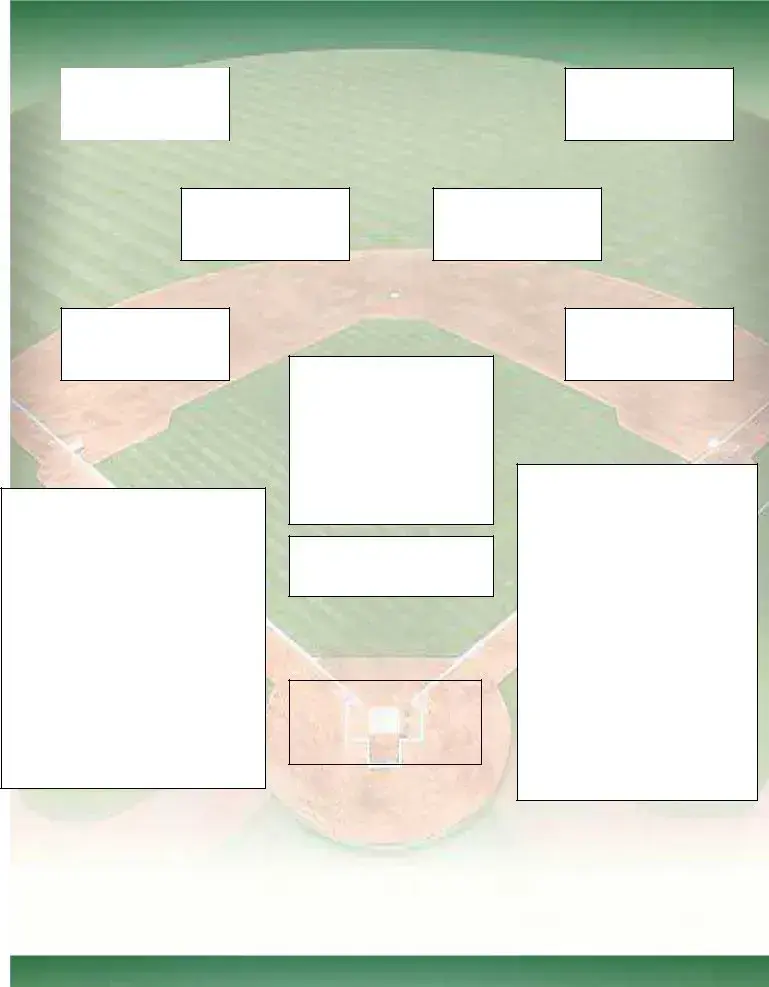What is the purpose of the Baseball Field Lineup form?
This form helps coaches and team managers organize player positions, batting order, and pitching assignments for a specific game. It ensures everyone knows where to be and what role they will play during the game, enhancing communication and strategy.
How do I fill out the lineup if I have a small team?
If your team has fewer players, simply leave the unused slots blank. Focus on filling out the positions for the players you have available. It’s best to ensure that each player is listed accurately to avoid confusion during the game.
What does "A" and "N/A" mean in the pitchers' section?
"A" stands for "Available," indicating that the pitcher can play. "N/A" means "Not Available," suggesting that the pitcher cannot participate in that game. This helps the team quickly see which pitchers are ready to play.
How should I determine the batting order?
The batting order can be based on a player's skills, speed, and previous performance. It's wise to place your most reliable hitters at the top, while faster players can be put in a position to steal bases later in the lineup, ensuring a balanced offense.
What information do I need to include in the "GM" section?
The "GM" section is for listing the general manager or coach responsible for the game's lineup. If there are multiple people managing the team, both can be included to clarify who is making the final decisions for the lineup.
Can I make changes to the lineup after it's filled out?
Yes, changes can be made as needed, particularly if injuries or last-minute player unavailability occur. However, ensure that any updates are communicated to the team to avoid confusion on game day.
What should I do if I have a player who is both a starter and a backup?
In such cases, it's essential to clarify the player’s role for the game. List them in the position they will primarily play. If they are being considered for multiple roles, make any relevant notes that can help clarify situation during the game.

